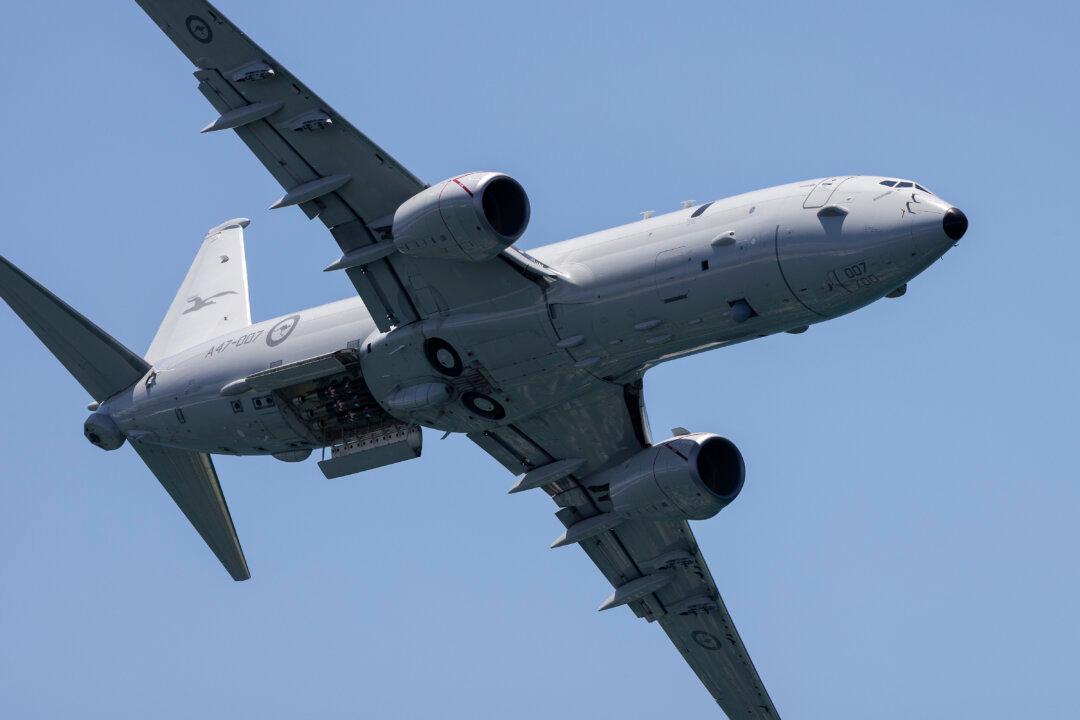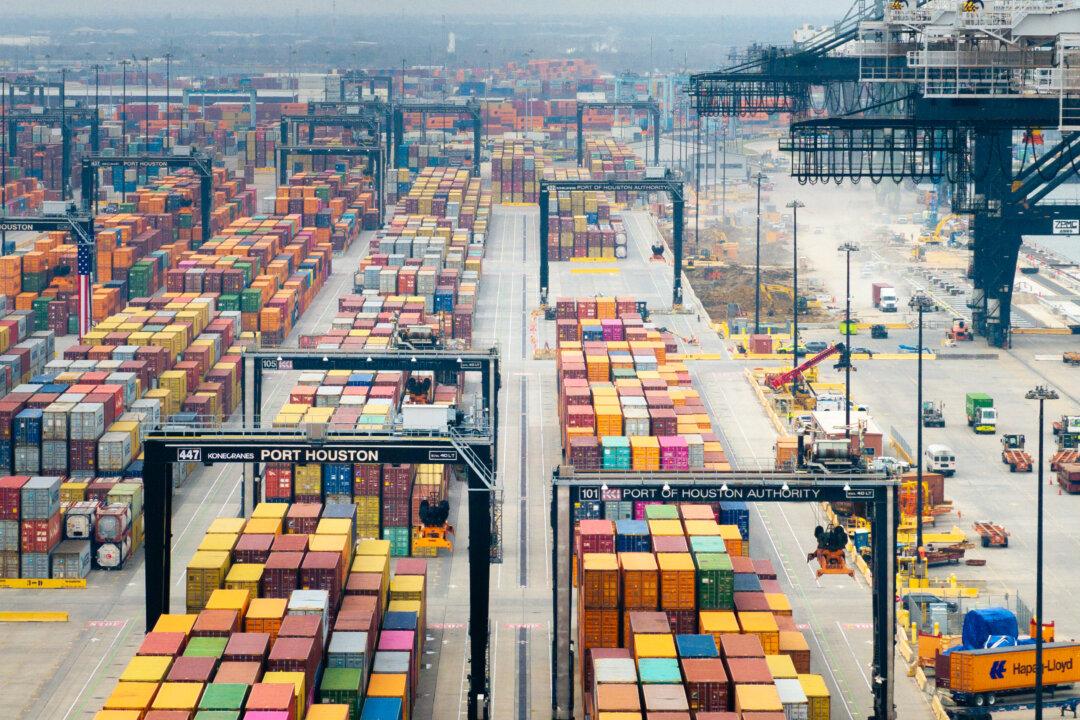A Peoples Liberation Army (PLA) fighter jet has fired flares in front of an Australian airforce survey plane on a routine patrol over the South China Sea, according to the Department of Defence.
Officials revealed that on Feb. 11, a Chinese PLA J-16 fighter jet flew within 30 metres of a Royal Australian Air Force (RAAF) P-8 Poseidon aircraft.
No personnel were injured, and the aircraft was not damaged.
“Australia expects all countries, including China, to operate their militaries in a safe and professional manner.”

The incident is reminiscent of one in May last year, when a CCP jet deployed flares dangerously close to an Australian helicopter on a United Nations mission in international waters.
Further in November 2023, a CCP warship targeted Australian divers with sonar pulses, prompting another protest from the Australian government.
As happened in those instances, the Department of Defence lodged formal complaints with CCP officials in Beijing and Canberra.
Meanwhile, the Department also disclosed the Australian Defence Force (ADF) was monitoring three CCP warships operating in the Coral Sea northeast of Australia: a Jiangki-class frigate Hengyang, a Renhai cruiser Zunyi, and the Fuchi-class replenishment vessel Weishanhu.
They are currently operating in accordance with international law.
“Defence will continue to monitor the activities of the task group in Australia’s maritime approaches with a combination of capabilities, including air and maritime assets,” the Department said in a statement.
Reports of aggressive and dangerous conduct by CCP vessels in the South China Sea increased from mid-2023.
Beijing claims sovereignty over the area—and its estimated 11 billion barrels of untapped oil and 190 trillion cubic feet of natural gas—but several other nations, including Brunei, Indonesia, Malaysia, the Philippines, Taiwan, and Vietnam, dispute this.
Beijing maintains that, under international law, foreign militaries cannot conduct intelligence-gathering activities, such as reconnaissance flights, in its exclusive economic zone (EEZ).
The United States and its allies, including Australia, claim that under the UN Convention of the Law of the Sea (UNCLOS), ships should have freedom of navigation through maritime EEZs and are not required to notify other countries of military activities.
A 2016 ruling by the Permanent Court of Arbitration at The Hague—on a claim brought against China by the Philippines under UNCLOS— found in favour of the Philippines on almost every count. While China is a signatory to the treaty establishing the tribunal, it refuses to accept its authority.






